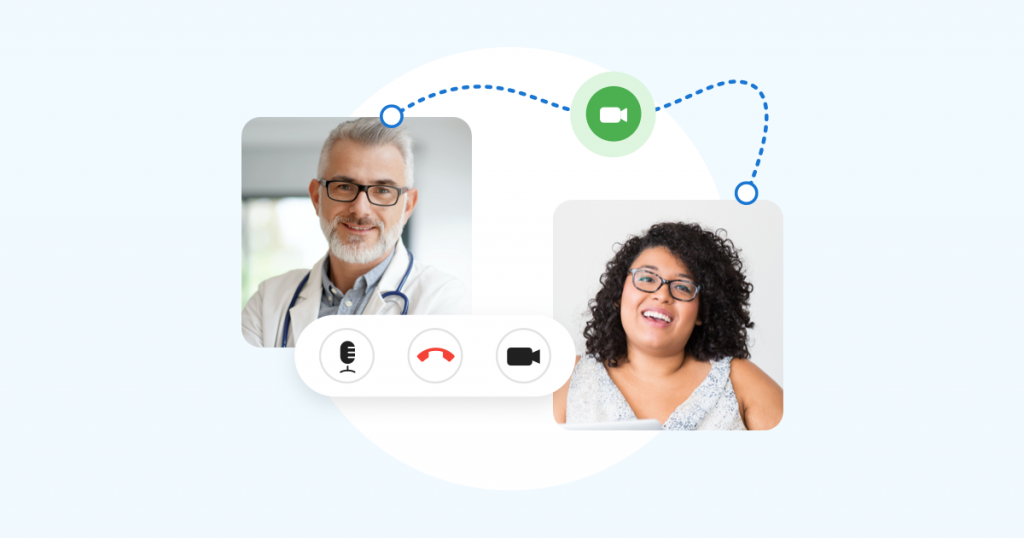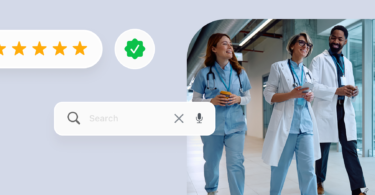With the onset of the COVID-19 pandemic, the whole world is moving to video. Offices all over the United States are working from home and college students are taking classes via Zoom. Healthcare is no exception. More and more practices are looking for the ability to communicate with patients via video calls.
Let’s about how patient video calls can benefit your patients and how you can get started.
What are patient video calls?
Patient video calls are a form of telemedicine that allows healthcare professionals to have an appointment with a patient through a video call.
How does telemedicine work?
Here’s the World Health Organization’s definition of telemedicine: “The delivery of healthcare services, where distance is a critical factor, by all healthcare professionals using information and communication technologies for the exchange of valid information for the diagnosis, treatment, and prevention of disease and injuries, research and evaluation, and for the continuing education of healthcare providers, all in the interests of advancing the health of individuals and their communities.”
While telemedicine obviously cannot replace all in-person visits, it can be used for some issues. For example, mental health clinics can use telemedicine and other healthcare practices
Telemedicine benefits
While video calls spiked in usage as a result of the COVID-19 pandemic, there are many other reasons why a patient might opt to do a video call.
- Accessibility– Patients who live far away from your practice might not have the time to get to you.
- Schedule constraints– Patients may not have the flexibility to miss work or school.
- Dependent care– If your patients have dependents, it’s possible that they might not be able to leave them in order to visit your practice.
Patient video calls and HIPAA-compliance
There have been tons of questions about the security of some prominent video chat tools. For example, while usage of Zoom boomed immediately after the start of the COVID-19 pandemic, the company was immediately hit with questions about how the data contained within the calls were being used.
That doesn’t mean you should avoid video calls entirely. Just make sure that you are working with a company that is HIPAA-compliant and takes patient data seriously.

Getting started with video calls
If you want to get started with patient video calls, make sure that you take care of the following.
Make sure that your staff is trained
Doing appointments through patient calls is most likely new for most of your team. Make sure that they understand both how to conduct a patient video call and how to use the video software solution that you choose to go with.
Understand the laws and regulations in your area
Different states have different rules and regulations for telemedicine. While some states require informed consent for patient video calls, it’s not consistent across the board. Do research to find out what your state requires.
Get the right software
It’s important that you find a software that is serious about protecting patient data. Look into different solutions. See their records of working with different healthcare practices.
Use Birdeye to interact with your patients
Birdeye Messaging allows you to interact with patients through video calls, text messaging, and website chat. After an appointment, you can even send a review request to your patients via text or email. Birdeye works with thousands of healthcare practices and is 100% HIPAA-compliant.

Originally published









